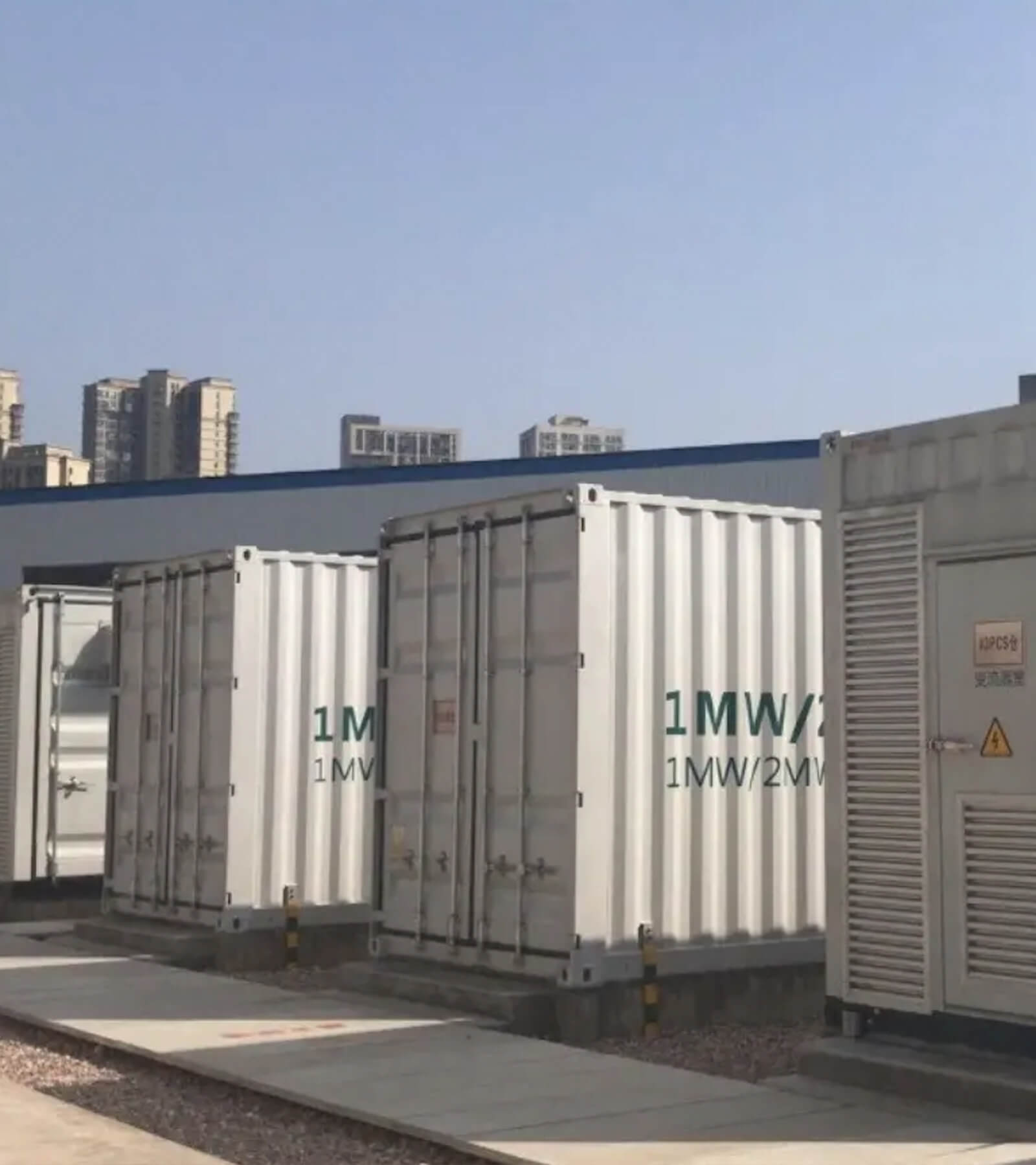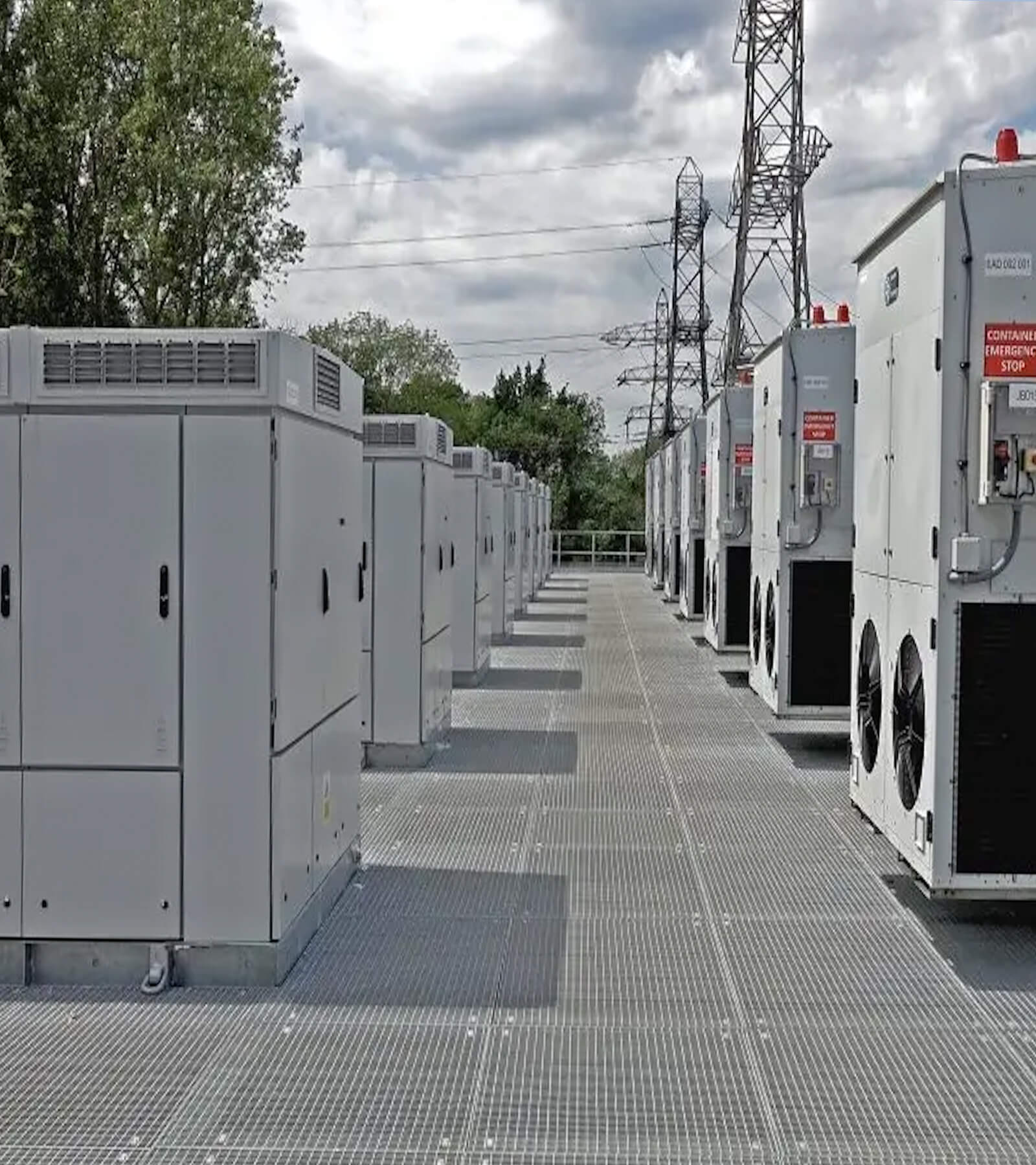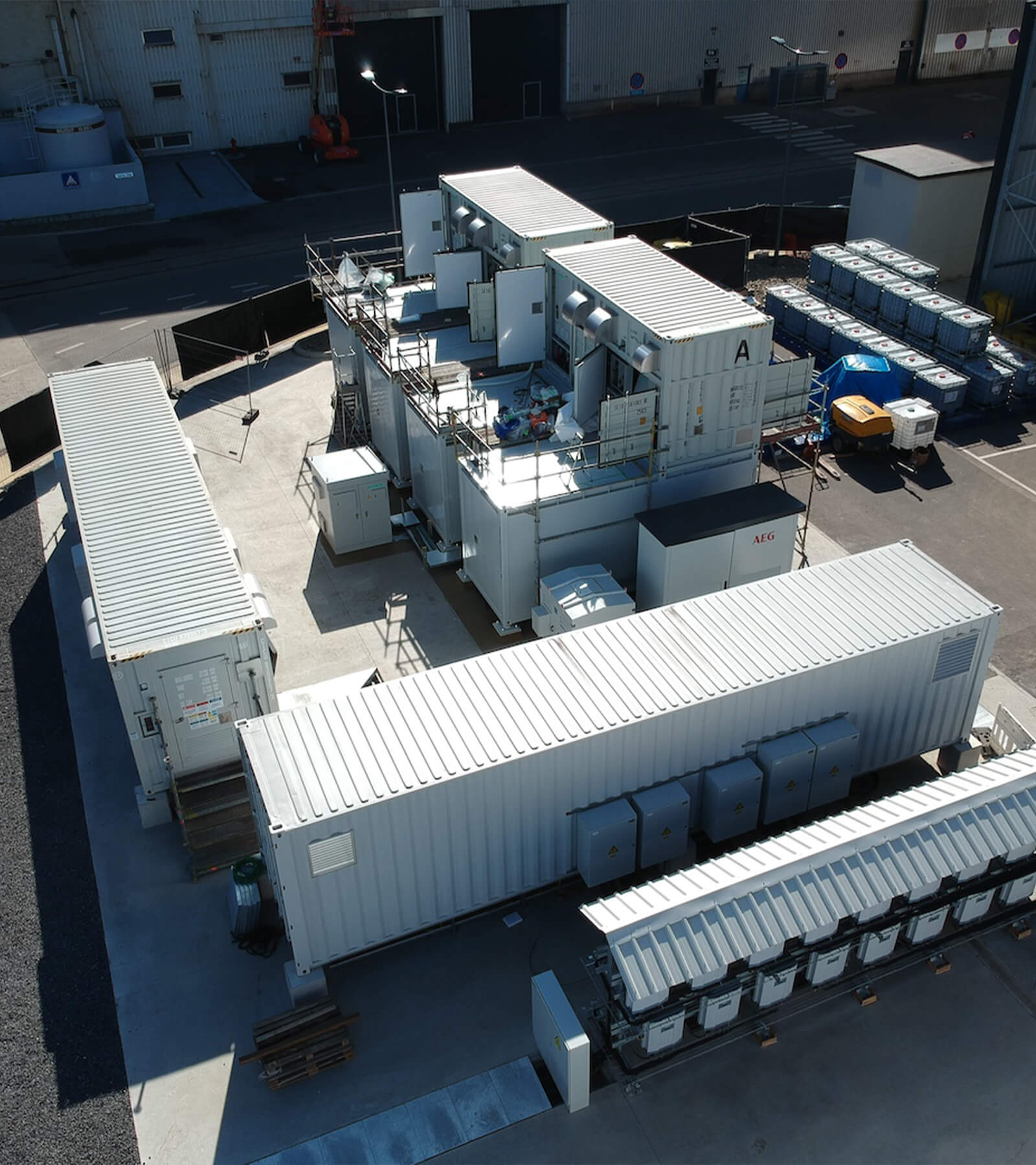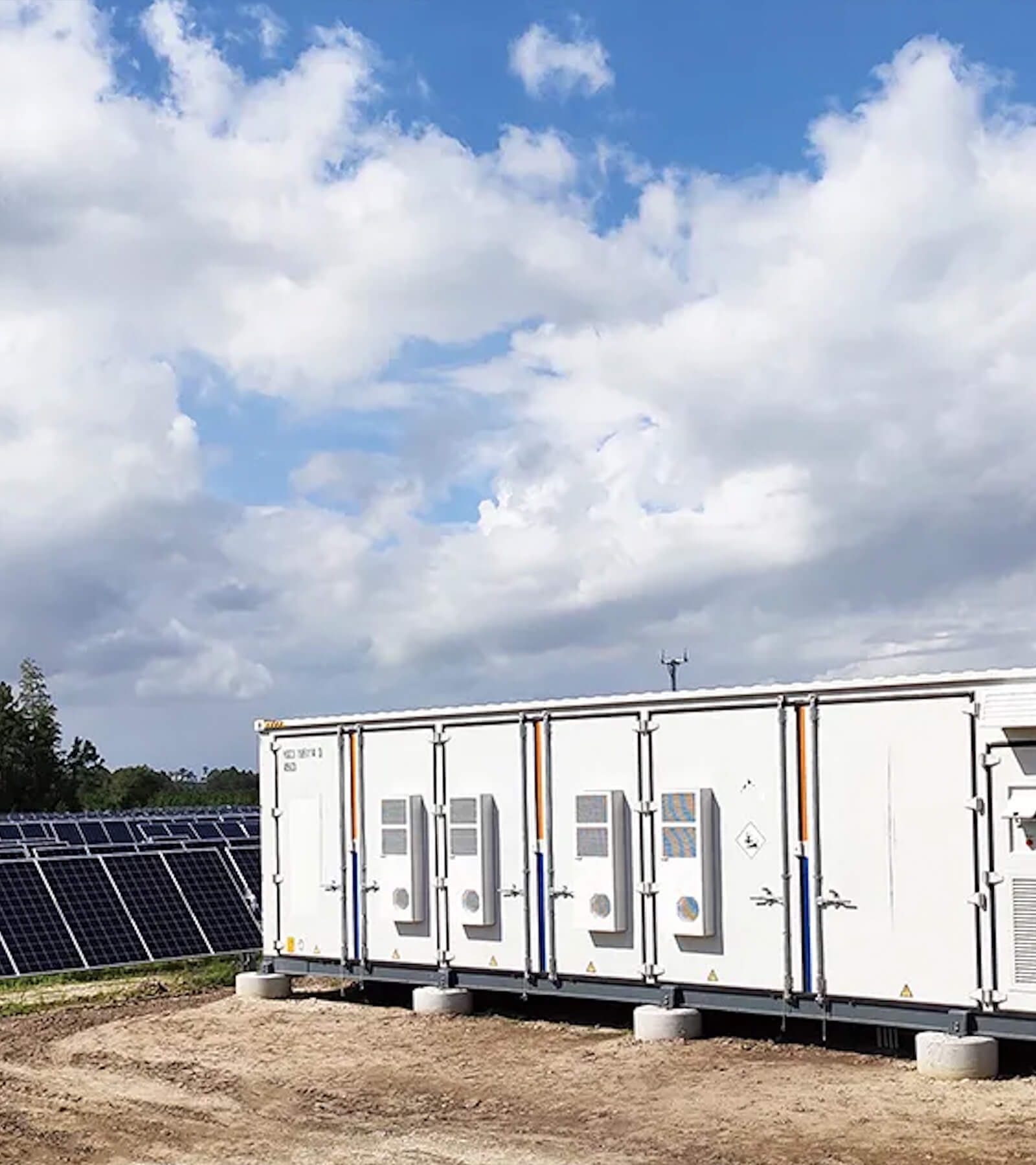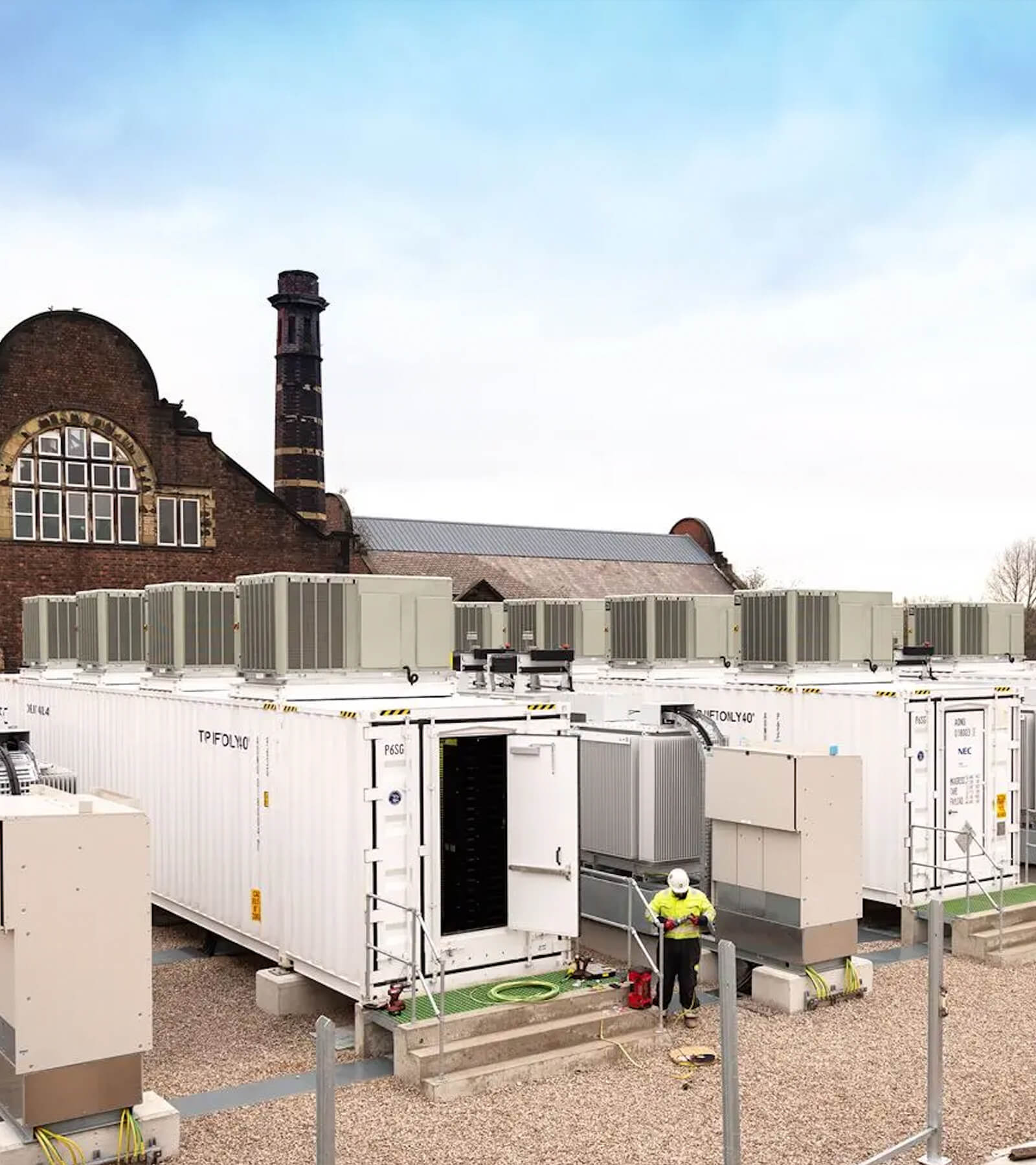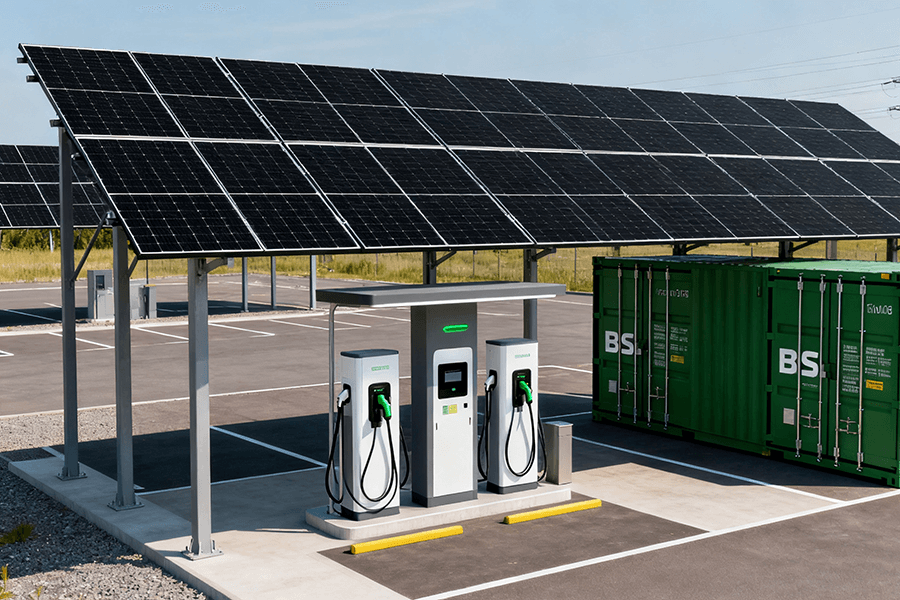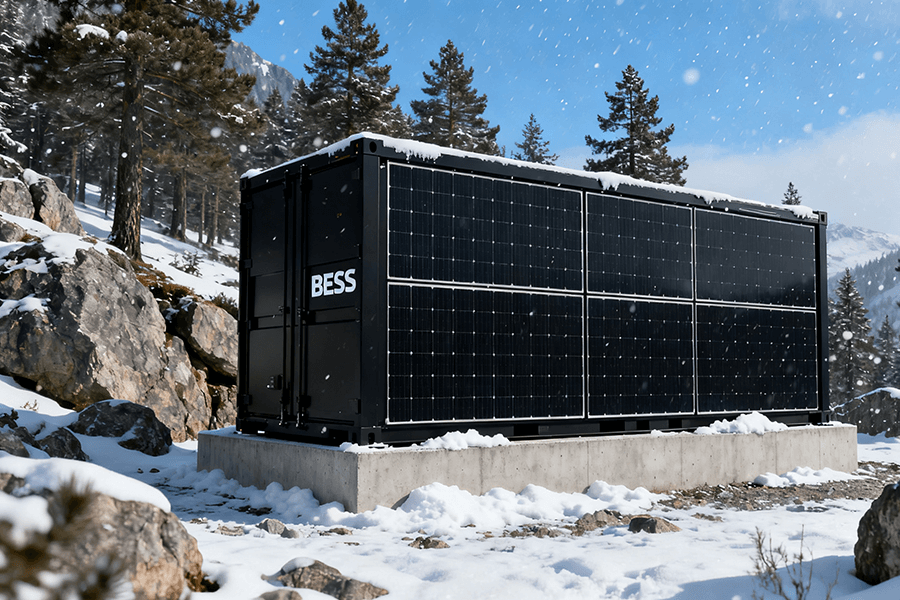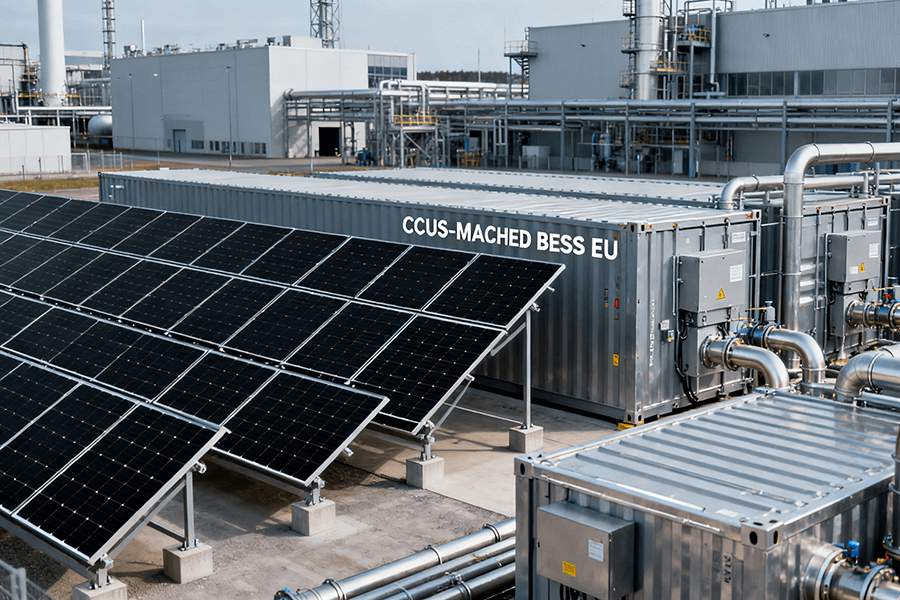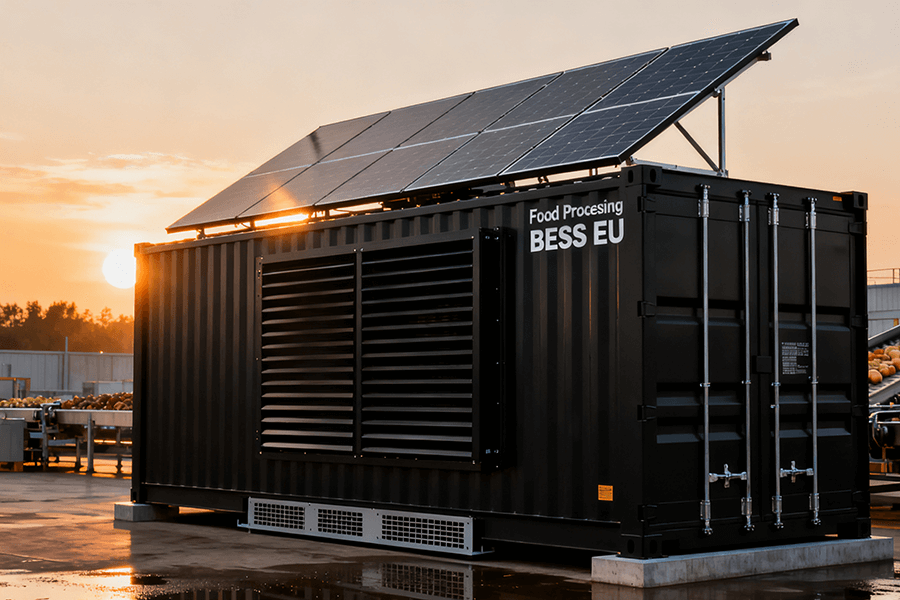So, you’ve been thinking about installing solar panels for your small house, right? And, of course, you’re probably wondering, “Where do I even start?” or “What’s the right system size for my home?” Well, don’t worry – you’re in the right place! Whether you’re in sunny Spain or a bit cloudier Germany, I’ve got you covered. In this guide, I’m going to walk you through everything you need to know about solar panels for small houses, from picking the right system size to choosing the perfect panels for your space.
I’ll even share some real-life European case studies (yes, this stuff actually works in Europe!) and give you insights on Maxbo Solar, a brand that’s making waves across Europe with top-quality solar solutions.
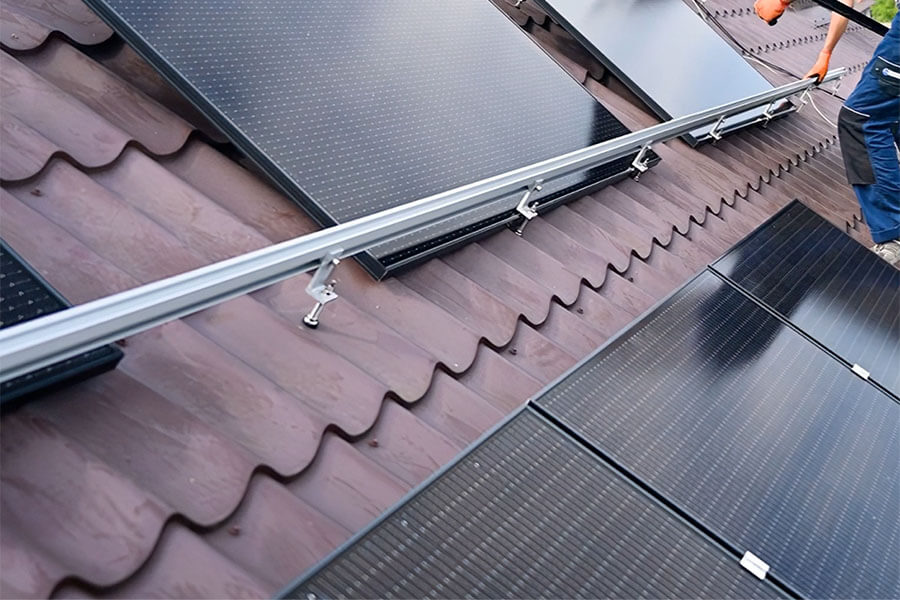
What Size Solar System Do You Need for Your Small House?
Let’s Talk About Energy: How Much Do You Actually Need?
First things first, it’s important to figure out how much energy your small home consumes. The average European household uses around 3,600 kWh of electricity annually, but that can vary depending on how energy-efficient your home is and how many people live there.
For example, a small house in Italy with basic appliances might use around 8-10 kWh per day, whereas a house in Germany might use a bit more. So, what size system do you need to meet those needs? Well, that depends on how much roof space you have, and of course, the climate of your location.
Breaking Down the Numbers: How Big Should Your System Be?
Let’s take a look at the typical solar system sizes for small homes across Europe, and how much energy they can generate. Don’t worry—I’m going to make sure we keep it clear and simple. I know these things can get a bit tricky, but I promise you, it’s not that hard to figure out once you have the right info.
Here’s a basic table for you:
| System Size (kW) | Energy Output (kWh/day) | Annual Output (kWh/year) | Cost Range (EUR) | Best for |
|---|---|---|---|---|
| 2kW | 6 – 8 kWh/day | 2,000 – 2,920 kWh/year | €4,000 – €6,000 | Southern Europe (Portugal, Spain) |
| 3kW | 9 – 12 kWh/day | 3,000 – 4,380 kWh/year | €6,000 – €8,000 | Southern to Central Europe (France, Italy) |
| 4kW | 12 – 15 kWh/day | 4,380 – 5,475 kWh/year | €8,000 – €10,000 | Northern Europe (Germany, Netherlands) |
| 5kW | 15 – 20 kWh/day | 5,475 – 7,300 kWh/year | €10,000 – €12,000 |
UK, Northern Europe (colder) |
Quick example: Let’s say you’re living in Germany. A 3kW system would generate 3,500 kWh per year, which is pretty close to the average household’s consumption. So, this would cover most of your needs, but if you have higher energy demands (hello, washing machines and electric heaters!), you might want to go for a 4kW or even a 5kW system.
The best part? With a 3kW system in places like France or Italy, you can easily cover your energy needs and save a bundle on your electricity bills!
What’s the Solar Output in Different Climates?
Ah, Europe… beautiful, but not always sunny, right? 🌥️ The amount of sunlight you get plays a huge role in how much energy your solar panels will generate.
- In Southern Europe (think Portugal, Spain, Italy), you’re looking at over 2,500 hours of sunshine per year. Lucky you, these regions have some of the best conditions for solar!
- In Northern Europe (like Germany, the UK, and the Netherlands), you might get 1,200-1,500 hours of sunlight annually. But don’t let that discourage you! It just means you’ll need slightly larger systems to cover the same energy needs.
Maxbo’s solar solutions are designed to optimize energy output regardless of your location, so whether you’re in a sunny spot or somewhere a bit cloudier, we’ve got the perfect system for you.
Climate Considerations: More Sunshine Equals More Power
The amount of sunlight you get directly impacts how much energy your solar panels can generate. Here’s how different regions in Europe compare in terms of solar radiation:
| Region | Sun Hours per Year | Solar Energy Output | Best System Size |
|---|---|---|---|
| Southern Europe (Portugal, Spain, Italy) | 2,500 – 2,800 hours | High (4-5 kWh/day) | 3kW – 5kW |
| Central Europe (France, Greece) | 1,800 – 2,400 hours | Moderate (3-4 kWh/day) | 3kW – 4kW |
| Northern Europe (Germany, UK, Scandinavia) | 1,200 – 1,500 hours | Low (2-3 kWh/day) | 4kW – 5kW |
If you live in Southern Europe, you’re looking at more sun and better output, so a smaller system like 3kW might be enough. But if you’re in Northern Europe, you’ll need a larger system (around 4kW or 5kW) to make sure you’re covering your electricity needs.
The Types of Solar Panels For Small Houses
Monocrystalline vs. Polycrystalline – What’s the Difference?
Alright, now that we know how much power you need, it’s time to pick your panels. But which type should you go for? It’s like choosing between two solid options—you just have to figure out what works best for your space and budget.
Here’s the lowdown on the most common types:
Monocrystalline Solar Panels:
- Efficiency: 18% – 22%
- Cost per Watt: €0.80 – €1.00
- Best for: Small roofs or if you want higher efficiency.
- Pro Tip: These are the top performers when it comes to efficiency and space-saving. If you’re in a place like Italy or Spain and have limited space, this is the way to go. You’ll get more power per panel!
Polycrystalline Solar Panels:
- Efficiency: 15% – 18%
- Cost per Watt: €0.60 – €0.80
- Best for: Budget-conscious folks with more roof space.
- Pro Tip: These panels are cheaper but take up more space to generate the same amount of energy. So, if you’ve got plenty of room on your roof, polycrystalline panels are a great choice!
Thin-Film Solar Panels:
- Efficiency: 10% – 12%
- Cost per Watt: €0.50 – €0.70
- Best for: Flexible installations (think curved roofs).
- Pro Tip: They’re the cheapest but the least efficient, so you’ll need more panels to generate the same power. However, they’re super lightweight and flexible, which can be a game-changer for certain designs.
| Panel Type | Efficiency | Cost per Watt (EUR) | Lifespan | Best for |
|---|---|---|---|---|
| Monocrystalline | 18%-22% | €0.80 – €1.00 | 25+ years | Small roofs, high efficiency |
| Polycrystalline | 15%-18% | €0.60 – €0.80 | 20 – 25 years | Large roofs, budget-friendly |
| Thin-Film | 10%-12% | €0.50 – €0.70 | 15 – 20 years | Curved roofs, flexible design |
Which One Should You Pick?
I know, I know… all these numbers can get overwhelming, but hear me out. If your roof is small or you just want maximum energy output from the smallest space possible, go for monocrystalline panels. You’ll save space and get higher efficiency.
But, if you’ve got a bigger roof (and a slightly lower budget), polycrystalline panels are a solid choice. And hey, if you’re looking to install solar on a unique or curved roof, thin-film could be your best bet.
And if you’re wondering which brand to go for, Maxbo Solar offers a variety of top-quality panels for all types of homes. Whether you’re after monocrystalline or polycrystalline panels, Maxbo has got you covered. Check out our website here for more info.
Real-Life European Case Studies: Solar in Action
Portugal: A Sunny Investment
In Lisbon, with over 2,800 sun hours per year, a 5kW solar system can generate around 7,300 kWh per year, enough to cover most households’ energy needs. Plus, the cost of the system is usually between €10,000 and €12,000.
| System Size (kW) | Annual Energy Output | System Cost (EUR) | Energy Savings |
|---|---|---|---|
| 5kW | 7,300 kWh/year | €10,000 – €12,000 | Covers 80-90% of energy needs |
Germany: Overcoming the Clouds
In Germany, where sunlight hours are lower (around 1,500 hours per year), a 4kW system is ideal for covering a household’s energy consumption.
| System Size (kW) | Annual Energy Output | System Cost (EUR) | Energy Savings |
|---|---|---|---|
| 4kW | 4,380 – 5,475 kWh/year | €8,000 – €10,000 | Covers 70-90% of energy needs |
For a family of four in Germany, a 4kW system will provide sufficient power for almost all their energy needs, leaving just a small amount to be covered by the grid.
France: A Midway Climate
In France, especially in the southern regions, a 3kW system works well for homes that consume around 10 kWh per day. The system produces about 3,500 kWh per year, which covers a large portion of the energy needs.
| System Size (kW) | Annual Energy Output | System Cost (EUR) | Energy Savings |
|---|---|---|---|
| 3kW | 3,500 kWh/year | €6,000 – €8,000 | Covers 60-80% of energy needs |
Conclusion
So, here’s the bottom line: installing solar panels in your small house is a smart move, both for your wallet and the planet. With rising electricity prices across Europe—like €0.30 per kWh in Germany—you could save up to 80% on your energy bills. For example, a 4kW system in Germany costs around €8,000 – €10,000, and with annual savings of about €1,350, you’ll see your return on investment in just 6-7 years.
At Maxbo Solar, we’re here to make this transition easy. We offer tailored solutions for small homes, ensuring you get the best value and performance from your system. Ready to start saving? Let’s go solar today!
Email: [email protected]

